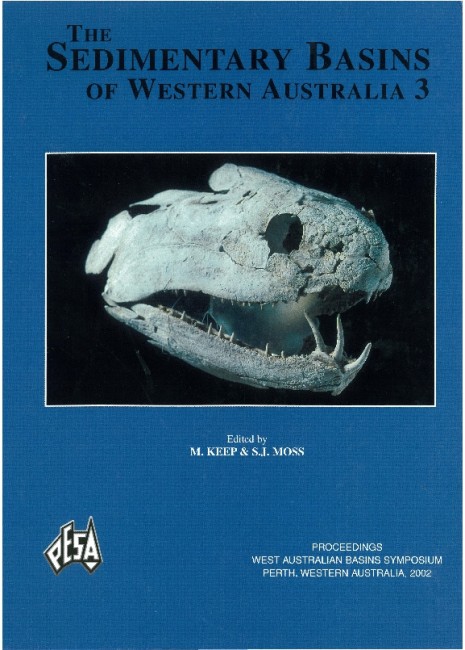Publication Name: The Sedimentary Basins of WA
Authors: A.R. Kaiko
Publication Volume: 3
Date Published: December 2002
Number of Pages: 35
Reference Type: Book Section
Abstract:
Previous application of systematic thermal modelling techniques has identified large areas within the Barrow and Dampier sub-basins that yield measured vitrinite reflectance data that significantly underestimates thematurity of the region. As well as the problem of low reflectance (perhydrous) vitrinite, it has also been noted
that the measurement of vitrinite reflectance data from sediments containing dispersed organic matter is difficult due to the initial identification of the vitrinite macerals. In order to address these problems, combined reflectance and fluorescence (CFR) analysis was used on a series of samples from five wells in the region.
CFR analysis couples quantitative fluorescence with reflectance measurements to help identifY normal vitrinite
macerals, where they exist as dispersed organic matter. The use of a second measurable property of organic macerals helps to reduce the subjectivity associated with reflectance measurements on dispersed organic matter. CFR analysis has the potential to provide a set of maturity data, which is considered more accurate in defining the maturity of the sediments. This is achieved by enabling the recognition of normal hydrogen content vitrinite macerals, and by removing low vitrinite reflectance measurements, reducing errors associated with analysis of sediments containing dispersed organic matter.


